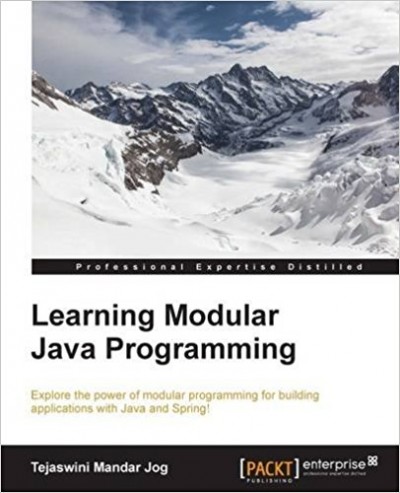
内容提要:
Modular programming means dividing an application into small parts and then developing it. It is an approach taken by developers to build applications and helps them add efficiency in their development process, thus making it more effective.
The book starts with the fundamentals of Modular Programming. Then we move on to the actual implementation, where we teach developers how to divide an application into different modules or layers (such as presentation, execution, security, lifecycle, services, and so on) for better management. Once readers are well-versed in these modules and their development, the book shows how to create bindings in order to join these different modules and form a complete application. Next, the readers will learn how to manage these modules through dependency injection.
Later, we move on to testing; readers will learn how to test the different modules of an application. The book ends by teaching readers how to maintain different versions of their application and how to modify it. By the end of the book, readers will have a good understanding of modular programming and will be able to use it to build applications with Java.
What you will learn
- Learn about Modular Programming and what modules an enterprise application can be divided into.
- Set up a development environment and create a “Hello World” application.
- Start implementing a sample application from the presentation layer.
- Implement the persistence layer.
- Implement the business layer, wrapping up all of the modules with Contexts and Dependency Injection (CDI).
- Manage an application’s life cycle.
- Learn how to secure Web applications.
- Test enterprise applications and their automation.
- Understand how to version source code using Source Code Management (SCM) systems such as GIT and SVN.
ISBN:178588882X
年份:2016
总页数:226
语言:English
文件大小:3.3 MB
文件格式:PDF
下载:关注本站公众号(右侧二维码),在 个性化-联系客服 中输入本文链接可获取文件下载链接。
 酷居科技
酷居科技

